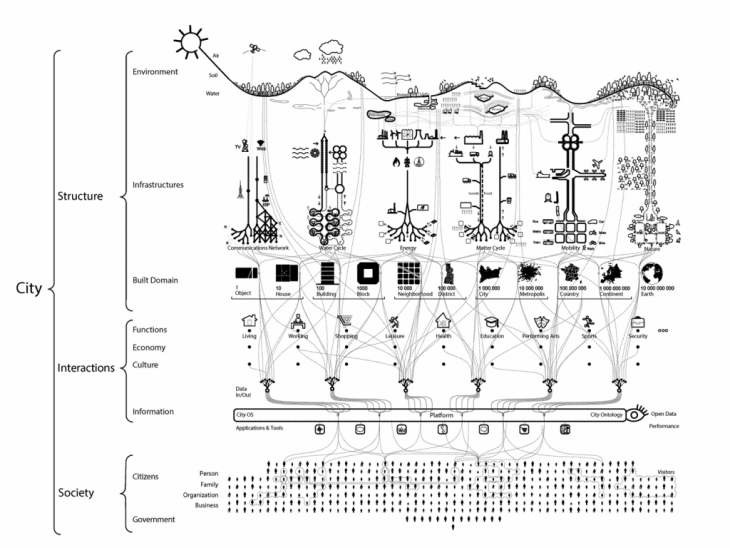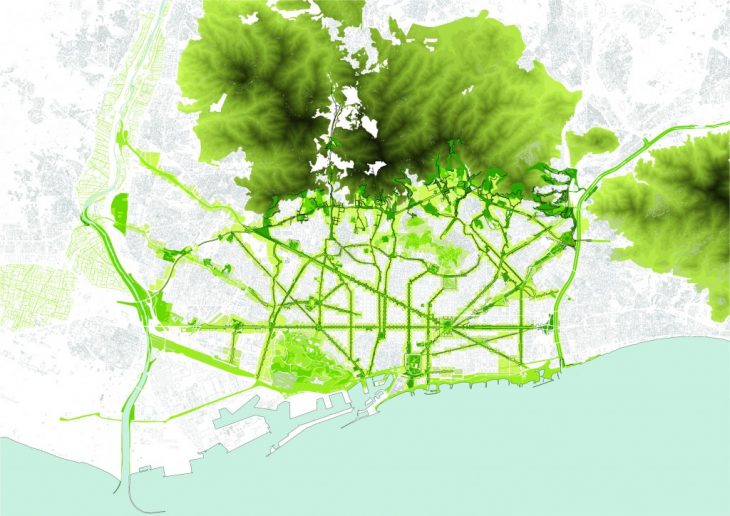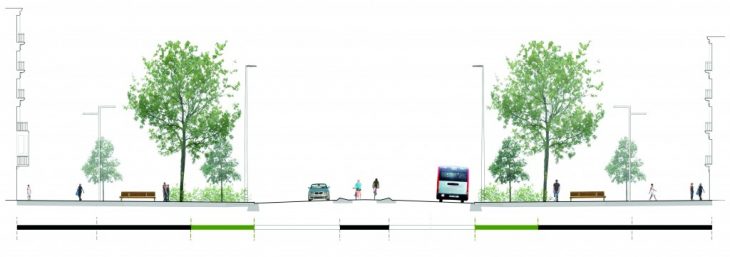As New Urban Agenda quotes, in 2050, the world’s urban population is expected to nearly double, making urbanization one of the twenty-first century’s most transformative trends. Populations, economic activities, social and cultural interactions, as well as environmental and humanitarian impacts, are increasingly concentrated in cities, and this poses massive sustainability challenges in terms of housing, infrastructure, basic services, food security, health, education, decent jobs, safety and natural resources, among others.

Cities are made and structured of complex elements that interact. However, to understand and compare cities, it’s necessary to divide these complex structures into simple elements or layers, most of them the same over each city of the world. Moreover, cities change and evolve quickly and continuously – physically and socially -, so urban interventions – and the layers that compose them – should be resilient and admit flexible, adaptable and reversible transformations among time.

The program aims to analyze and develop some of these city elements, extended systematically in cities of the entire world, thus providing strategies to become them more efficient and more human. Detecting, defining and comparing some of the main elements that compose cities, we’ll be able to think and discuss them all together, with the proposal to contribute in creating and regenerating cities for the future.

In this way, it’s proposed to create and share a collaborative database showing how are designed and built some city’s urban elements around the world. It’ll become a place where to find different examples and references of the same concept, which may aid urban designers to deal with similar strategies, plans and projects and find better solutions.
Jane Jacobs said that “Cities have the capability of providing something for everybody, only because, and only when, they are created by everybody”.
So let’s cooperate!